A great article about our recumbents has appeared in the 519 design magazine just recently and we would like to share it with you. The 519 magazine is being prepared by recognized Czech design company EGOE which also organizes a design festival called Design Harvest where our top model the Ti-FLY X was presented this year. The article nicely describes AZUB’s path from the first recumbent to a world-wide known manufacturer and it also includes several statements from our CEO Aleš Zemánek.
A complicated return to variety
Written by Jaroslav Janečka: EGOE.cz
A cellar. Twelve square meters. A pillar drill, a grinder, a welding machine. Next to them, a twenty-something young man. Though a technical school graduate, he has no experience in design engineering. This is precisely how chapter one of a story about finding an alternative to a traditional bicycle began. The protagonist – Aleš Zemánek from Uherský Brod, founder of the company AZUB bike.
Prologue
Norway, 1997. A bus breaks down and pulls over. In it sits Aleš Zemánek. Suddenly, a strange-looking contraption on two wheels whizzes past. On top of it was a rider, legs stretched out, pedaling away. Fast. Much faster than on an ordinary bike. Two seconds and he is gone.
Several months later, the then employee of a local arms factory finally found the answer, after reading an article in the Peloton magazine. The thing he had seen in Norway was a recumbent bicycle. Why had he not figured it out straightaway? Easy. At the time such bicycles were practically non-existent in our country. Even in the West, they were only slowly coming back into vogue after decades of being obsolete.
Through sport to uniformity
It doesn’t matter if your bike of choice is a city bike, a road bike or a mountain bike. The basic triangle of steering – pedalling – sitting is identical. Aleš, a keen cyclist himself, says that today’s bicycles are somewhat dull. Variety and original approach to style seem to have vanished, he adds. There was a time when the world’s virtual peloton looked completely different. And it wasn’t that long ago…
In the 1930s, velodrome racing was common in France. One could see many different bicycle designs on the starting line. Amongst them also those on which riders were practically lying down. Today we would call them recumbent bikes. On flat tracks, the advantage of low aerodynamic drag becomes fully apparent. It was difficult for the other bicycles to make up the loss. But the unwritten rule of sport says that on the starting line, conditions should be the same for everyone. So various cycling federations and associations began defining them: the distance of the bottom bracket from the ground, the position of the seat… Gradually, technical specifications emerged and gave rise to the current bicycle design.
The shape defined by the sporting environment is universal. “However, it does not suit everybody. We look for comfort and convenience, our perspective is different. Our solutions allow our models to be used in various situations,” says the pioneer of Czech recumbents.
When technology comes into the picture
Recumbent revival in the late 1980s and early 1990s was bolstered by technological advances. Especially where functional and convenient shifting systems are concerned. It largely eliminated the objective problem of these two-wheeled vehicles – poor climbing performance. “Thanks to advances in technology, new horizons opened up for those outdated designs. And it’s still the case today,” Aleš adds. One only needs to put AZUB 1 – the first recumbent from Uherský Brod – next to the current top of the range model AZUB SIX. “It’s as if you were to compare Skoda Favorit with the latest top of the range Octavia. And I am not talking about appearance, I mean the technical solution and performance,” he explains the result of twenty years of team development.
At the top. Pricewise too.
By the end of this year, AZUB bike will have made about 500 recumbents. Similar numbers were produced in previous years as well. This is not a small number. Still, anyone riding a recumbent in Czech Republic is seen as a bit of an oddball. No wonder. A whole 97 percent of AZUB recumbents are destined for abroad. Even the most demanding of markets. “We are not trying to make it through prices. In fact, our models are amongst the most expensive. For us, the alpha and omega are high quality and functionality,” says Aleš about the company’s journey from Moravian Slovakia all over the world.
The company policy is also the reason why the number of models produced doesn’t surge. Despite the extremely high demand. But in Uherský Brod, they do things their way. They stick to their guns and increase production bit by bit. “Under no circumstances shall we drop the high standards we have set for ourselves,” people from AZUB bike maintain.
Alternatives? It’s not just recumbents
Saying that Czech bicycle market is highly specific is a euphemism. “Let’s be blunt and say that globally, you don’t see anything like this.” Aleš is alluding to the fact that in our country, the biggest sellers are comparatively expensive road bikes and mountain bikes. Plus a few gravel bikes and trekkers. That’s it. “Bikes people would buy with the view of having a convenient and comfortable means to get to work or to the shops are rare,” he explains. This scant interest is reflected in the meagre offerings and the manufacturers or importers’ reluctance to offer any innovations. A classic example of a vicious circle.
“This is where we see one of the purposes of our business – to come up with something that is missing from the market,” gets Aleš to what lies at the heart of his company. They don’t offer just their own recumbents and trailers, they are also distributors of cargo and folding bikes. Although, one can forget about any resemblance to the legendary Eska folding bike of Czechoslovakian yesteryear. Only the idea has remained; the quality, practicality and comfort are something else entirely.
Ten years from now
Someone who has been in the industry and fulfilling a vision for almost a quarter of a century can certainly be called an expert. And such people are worth listening to, for example, when they are predicting what the world of cycling will be like in ten or fifteen years. It goes without saying that by then, electric bikes shall prevail. This trend is pretty clear. What comes next is more interesting. “In the whole society, the perception of a bicycle will definitely shift. A bicycle will no longer be seen only as something to do sport or enjoy your leisure time with. It will become a much more common companion in ordinary situations, which will take us to a certain extent back to the variety that was common here until the middle of the last century,” Aleš concludes. If you would like to learn more about the future, have a look at the current AZUB bike catalogue. With a bit of imagination, it will take you on a ride to the future.
See the original article in PDF or read other issues of the 519.


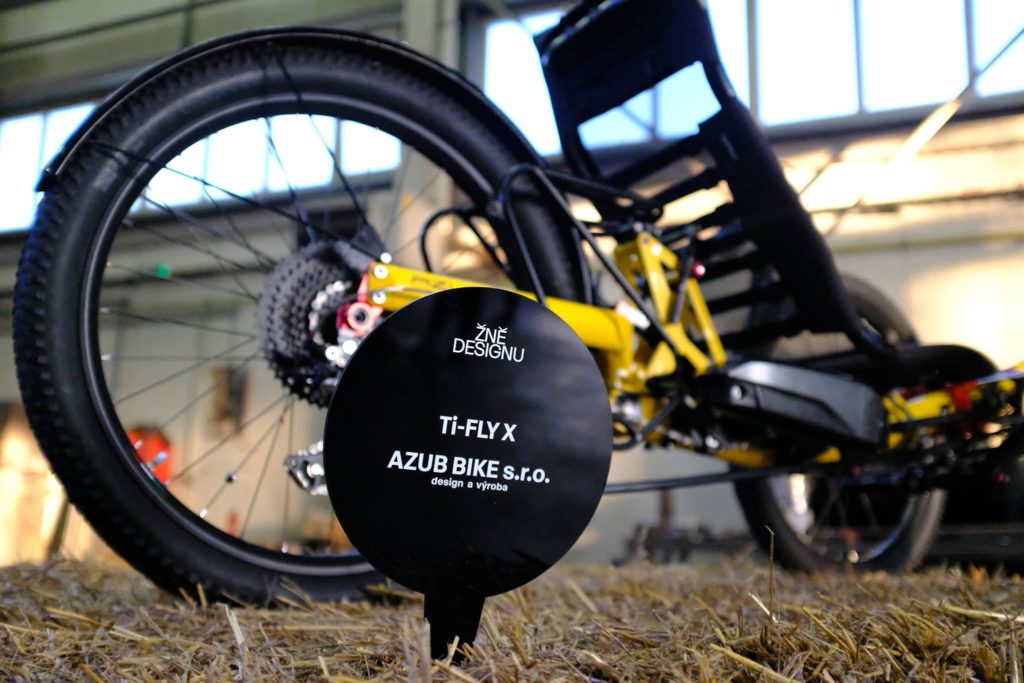
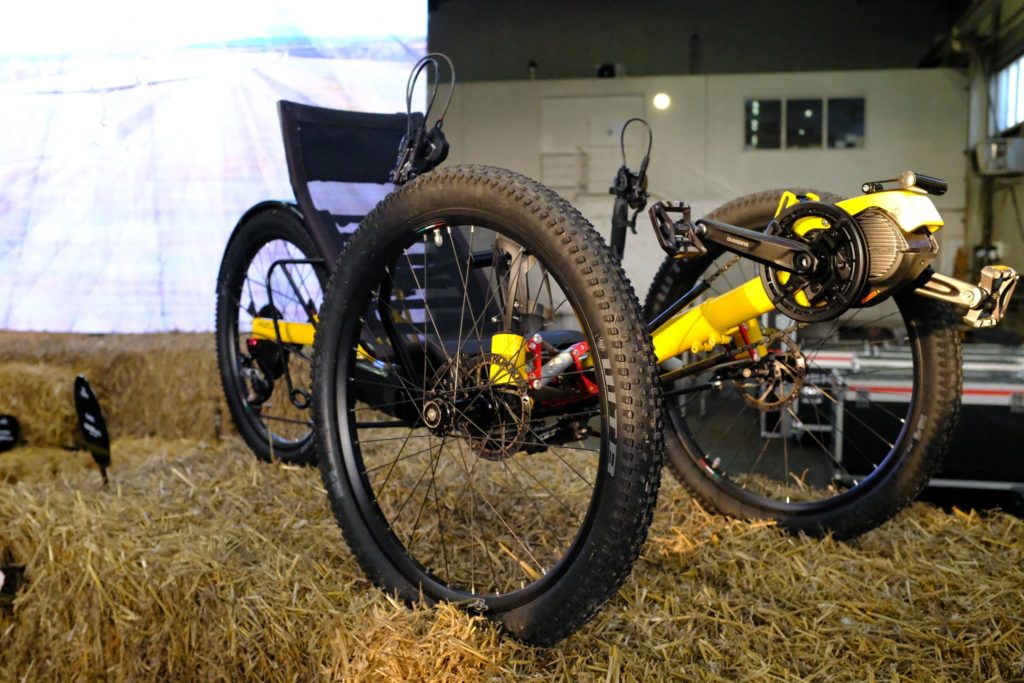



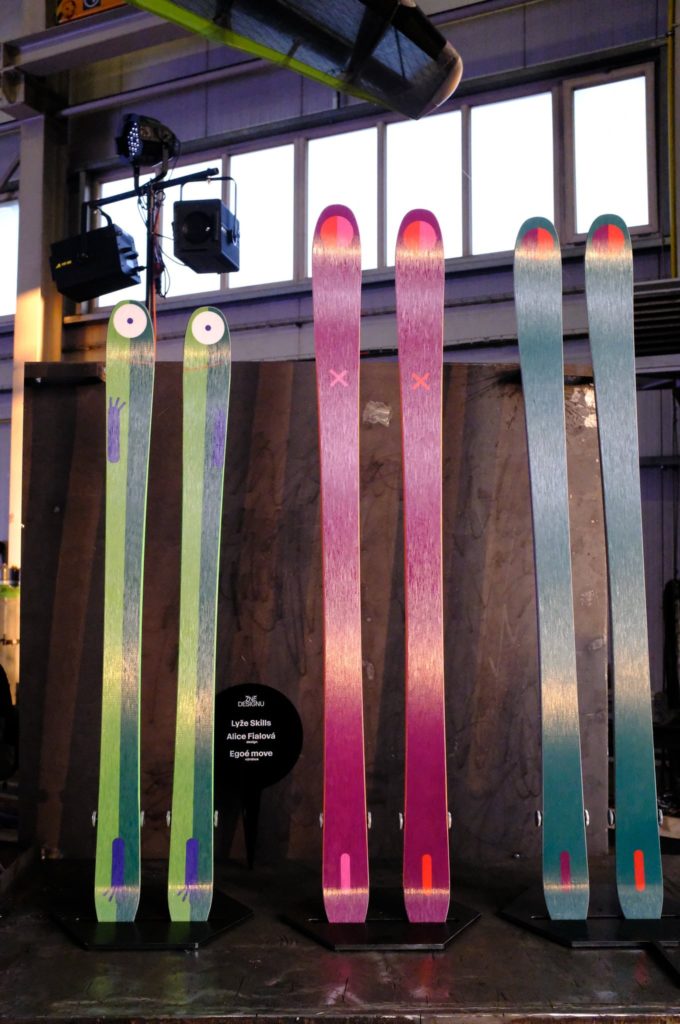
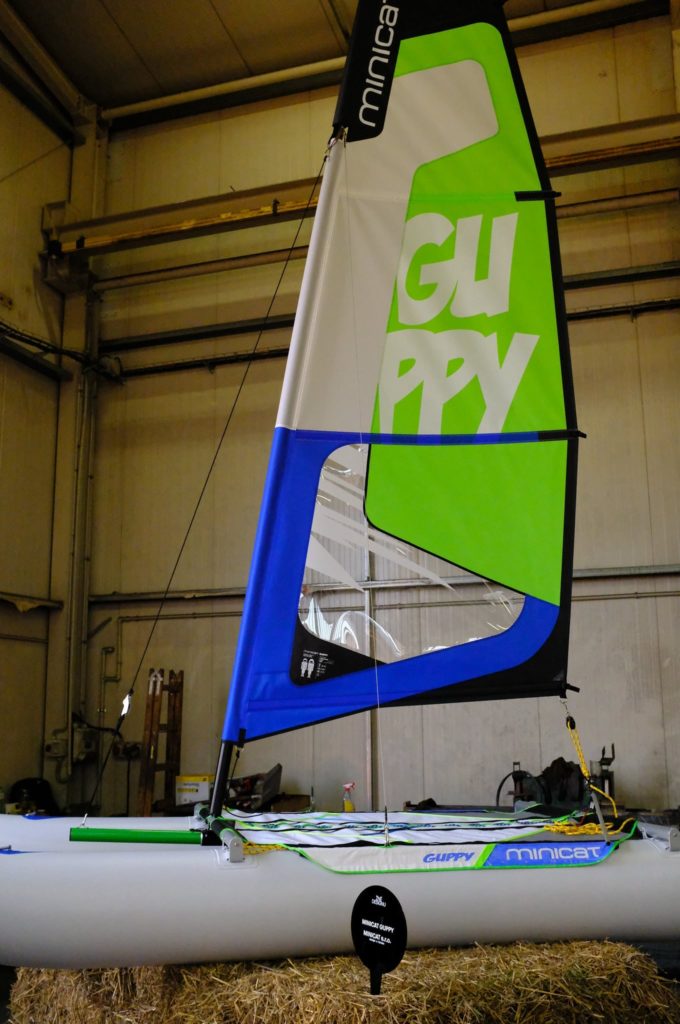
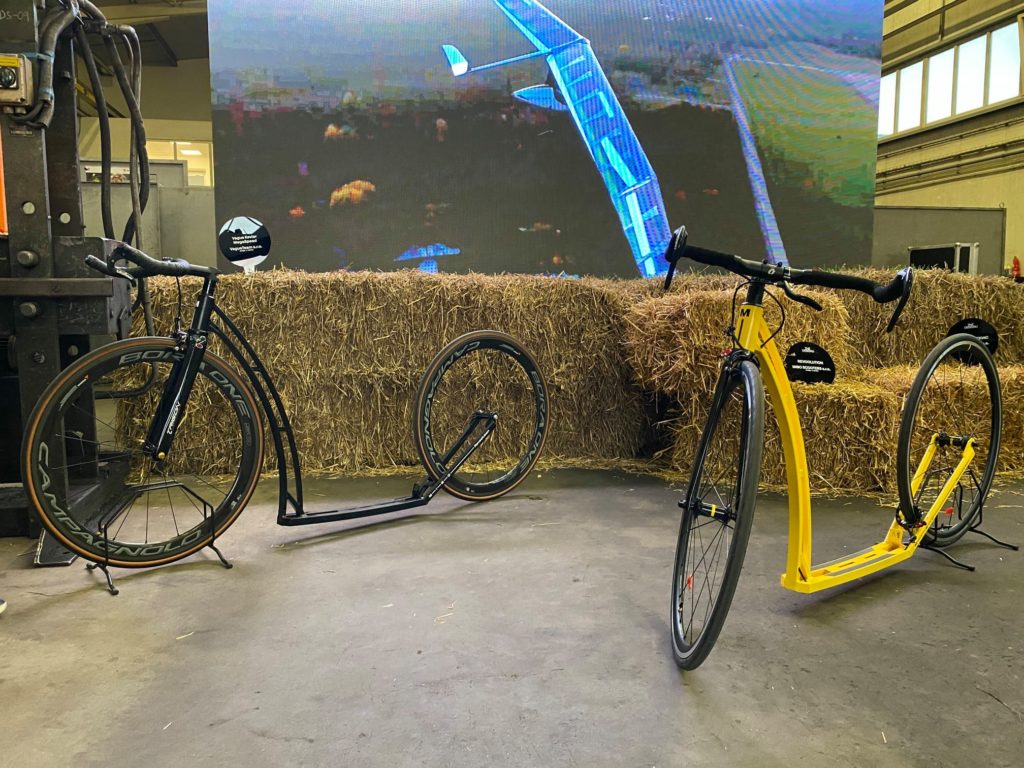
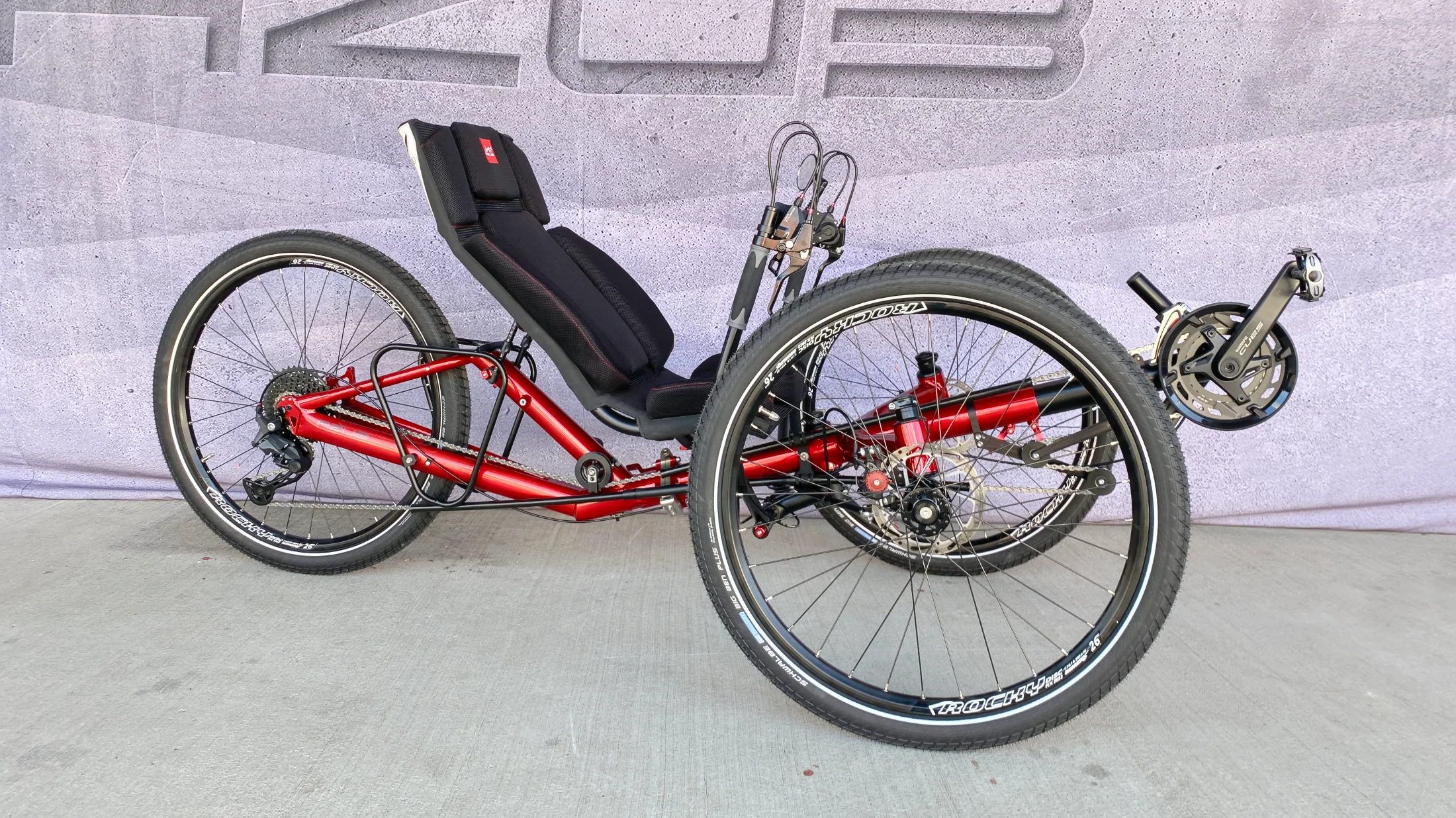
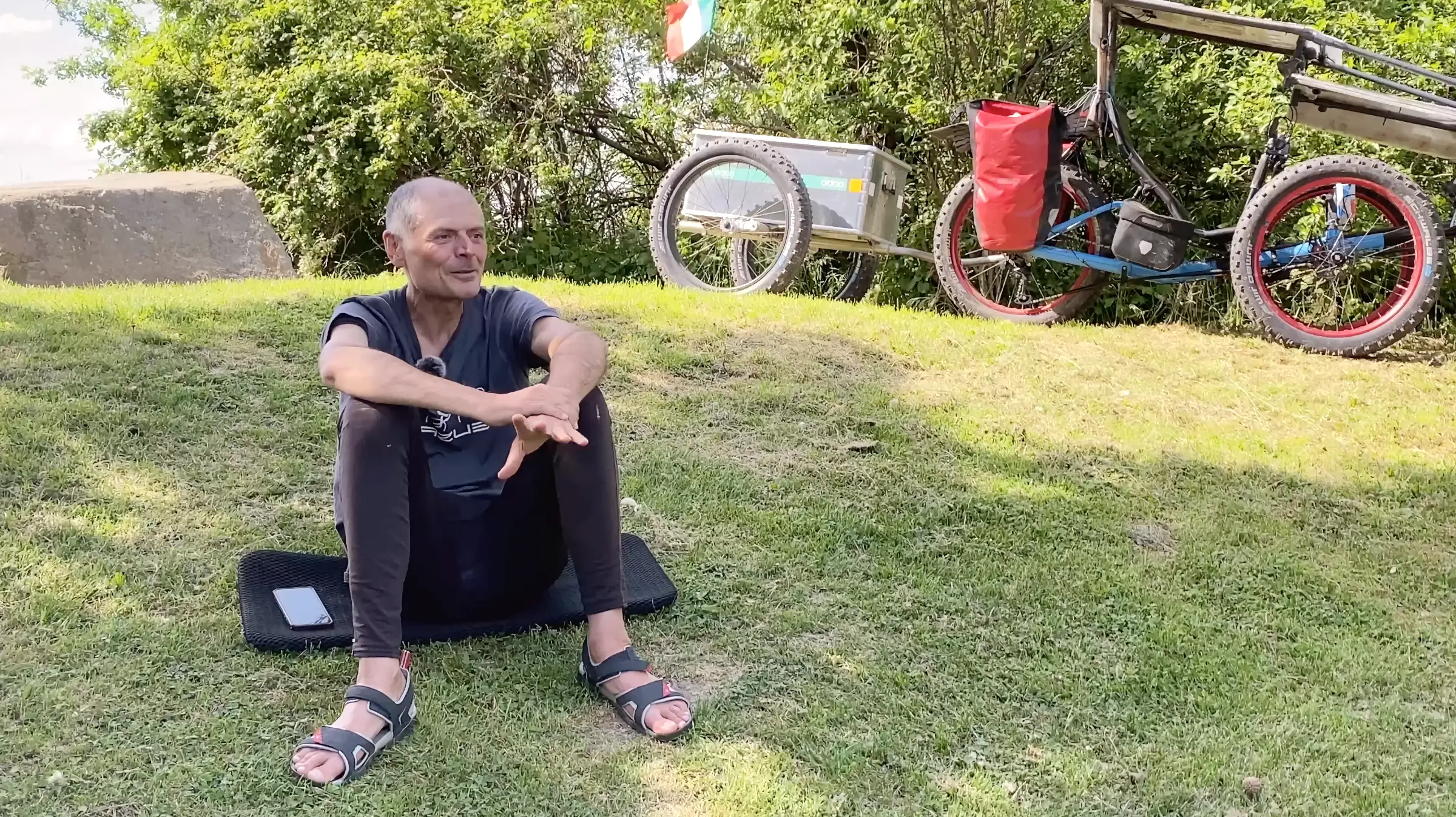


Join the worldwide group of AZUB fans
Get the latest stories, be inspired by our amazing builds and get some inside view.
You are close to join the fan group. Just see your inbox and confirm your e-mail address.